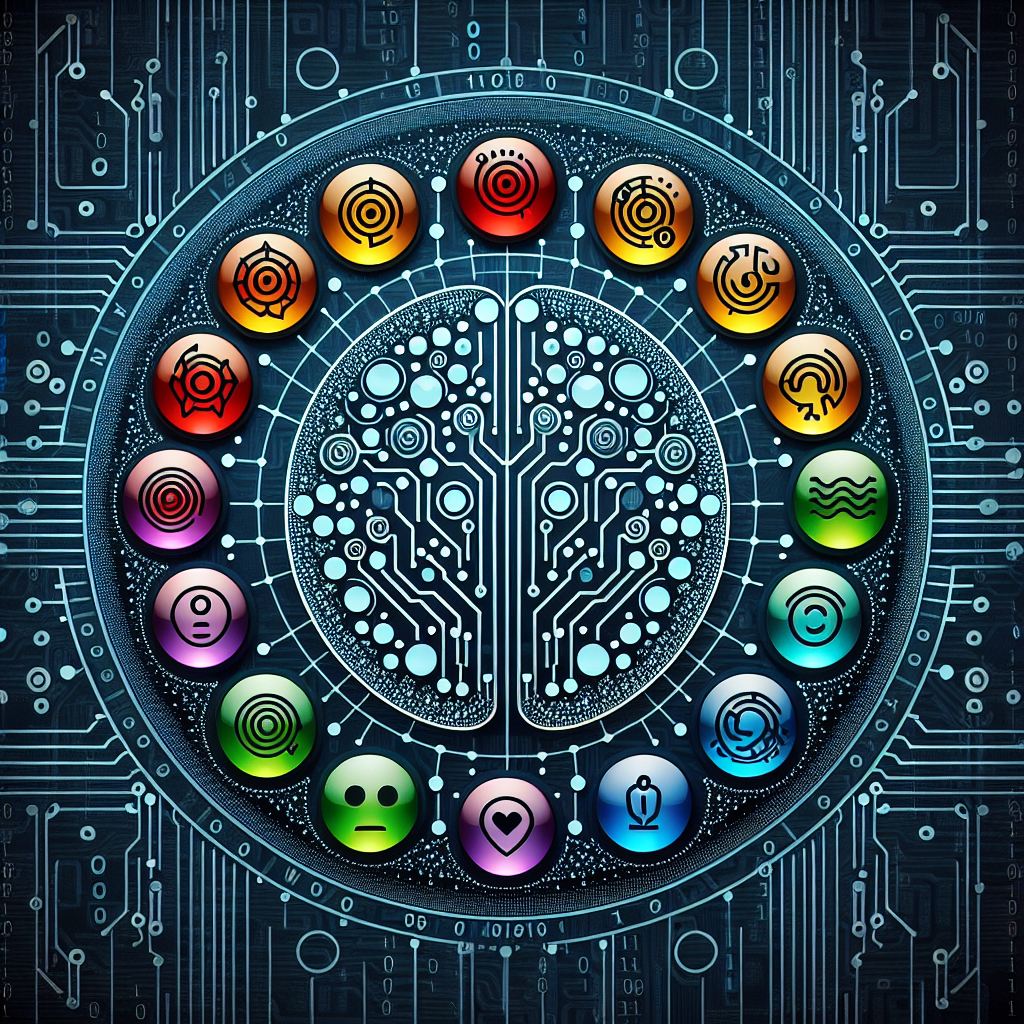In recent years, advances in artificial intelligence (AI) technology have enabled machines to recognize and interpret human emotions with increasing accuracy. Emotion recognition technology uses facial expressions, voice tone, and other behavioral cues to identify emotions such as happiness, sadness, anger, and fear. While this technology has the potential to revolutionize various industries, including marketing, healthcare, and education, it also raises important ethical questions about privacy, consent, and bias.
The Ethics of Emotion Recognition
One of the main ethical concerns surrounding AI-driven emotion recognition is the issue of consent. In many cases, individuals are not aware that their emotions are being monitored and analyzed by machines. This raises questions about the right to privacy and the autonomy of individuals to control how their emotional data is used. For example, imagine a scenario where a retail store uses emotion recognition technology to track customers’ reactions to products. While this may be useful for improving customer experience, it also raises concerns about surveillance and the potential for manipulation.
Another ethical consideration is the accuracy and reliability of emotion recognition algorithms. Studies have shown that these algorithms can be biased and prone to errors, especially when it comes to recognizing emotions in individuals from diverse backgrounds. For example, some algorithms have been found to be less accurate in identifying emotions in people of color or individuals with disabilities. This raises concerns about fairness and the potential for discrimination in decision-making processes based on emotional data.
Additionally, the use of emotion recognition technology in sensitive contexts, such as healthcare and law enforcement, raises concerns about the potential for misuse and abuse. For example, imagine a scenario where a mental health provider uses emotion recognition technology to diagnose patients with depression. While this may be helpful in some cases, it also raises concerns about the reliability of the diagnosis and the potential for misinterpretation of emotional cues.
Overall, the ethics of AI-driven emotion recognition are complex and multifaceted. As this technology becomes more widespread, it is important for policymakers, industry leaders, and researchers to consider the ethical implications and develop guidelines to ensure that emotion recognition technology is used responsibly and ethically.
FAQs
Q: How does AI-driven emotion recognition work?
A: AI-driven emotion recognition technology uses machine learning algorithms to analyze facial expressions, voice tone, and other behavioral cues to identify emotions. These algorithms are trained on large datasets of labeled emotional data to learn patterns and make predictions about the emotions of individuals.
Q: What are some potential applications of AI-driven emotion recognition?
A: AI-driven emotion recognition technology has a wide range of potential applications, including marketing, healthcare, education, and entertainment. For example, companies can use emotion recognition technology to personalize marketing campaigns based on customers’ emotional reactions to products. Healthcare providers can use this technology to monitor patients’ emotional well-being and provide targeted interventions. Educators can use emotion recognition technology to assess students’ engagement and tailor instruction to their individual needs.
Q: What are some ethical concerns surrounding AI-driven emotion recognition?
A: Some of the main ethical concerns surrounding AI-driven emotion recognition include issues of consent, privacy, bias, and accuracy. Individuals may not be aware that their emotions are being monitored and analyzed by machines, raising questions about autonomy and control over personal data. Emotion recognition algorithms can be biased and prone to errors, especially when it comes to recognizing emotions in individuals from diverse backgrounds. Additionally, the use of emotion recognition technology in sensitive contexts, such as healthcare and law enforcement, raises concerns about the potential for misuse and abuse.
Q: How can we ensure that AI-driven emotion recognition technology is used ethically?
A: To ensure that AI-driven emotion recognition technology is used ethically, it is important for policymakers, industry leaders, and researchers to develop guidelines and regulations that promote transparency, fairness, and accountability. This includes ensuring that individuals are informed about how their emotional data is being used and giving them the option to opt out of emotion recognition systems. Additionally, researchers and developers should strive to mitigate bias in algorithms and improve the accuracy and reliability of emotion recognition technology. By taking these steps, we can harness the potential of AI-driven emotion recognition technology while minimizing the ethical risks and concerns.

